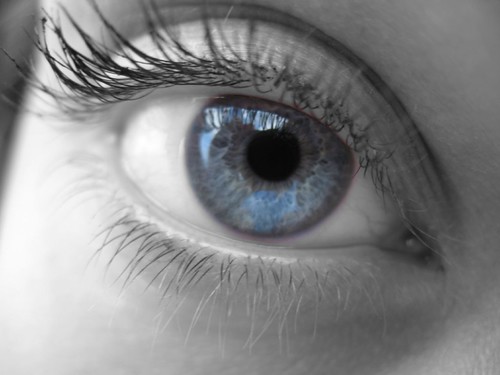 |
| CC flickr _StaR_DusT_ |
The introduction to “How Images Think” was extremely interesting to me – I guess I never really thought of how ingrained images are in my brain and what they mean. For some reason the piece initially made me think about my uncle, who is blind. Real images mean nothing nothing to him because he can’t see. But I wonder sometimes if his mind creates images so that he sees without actually seeing. For instance, when he hears things like a dog barking or a car driving by,
does he picture the dog or the car in his mind? Or when my aunt makes dinner and he smells a familiar dish, does he picture that dinner in his mind without ever having seen it? What about when he hears my voice but has never seen my face, what does he envision? It’s interesting to think about how the brain might make up for not being able to see a real image.
In the first chapter, he discussed images being a part of our experience and memory due to the volume at which we receive them through the media, as they were for September 11. That is a day I will always associate with the image of buildings falling or planes crashing, but that’s only because I was provided those images by newspapers and news channels. I never actually experienced viewing that, because in reality I was sitting in my 4th grade classroom in the suburbs of Detroit. But these images are ingrained in my memory as if I had seen them myself firsthand. Or sometimes I’ll see a picture of a friend with someone, and then if I see that other person somewhere I’ll be trying as hard as I can to figure out how I know them when I actually don’t. Yet the visual of that person is in my memory as if I’ve met them before. I think it’s incredible the power that images have on our minds, and I think it changes my perspective on what kinds of images we should be using to represent the big ideas, important people, and remarkable events in our lives.


Add a comment